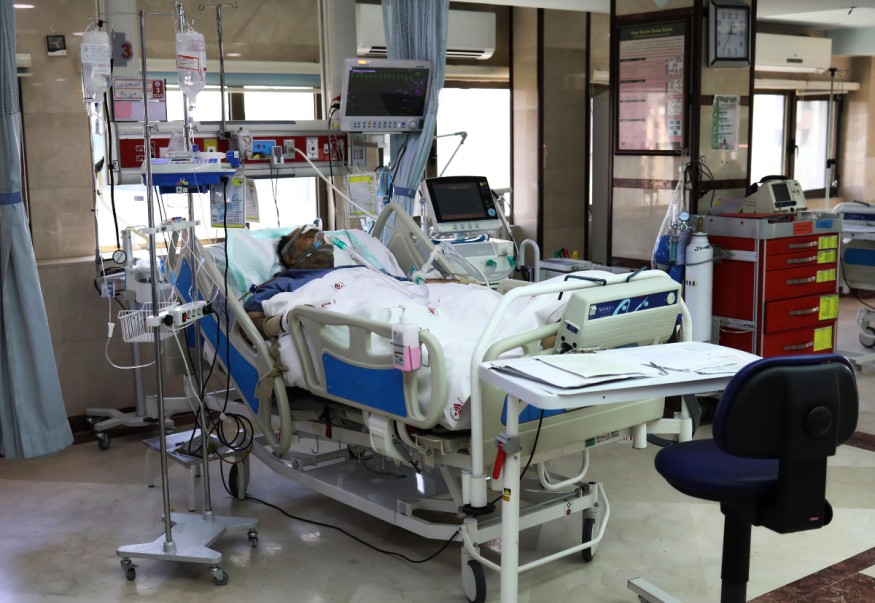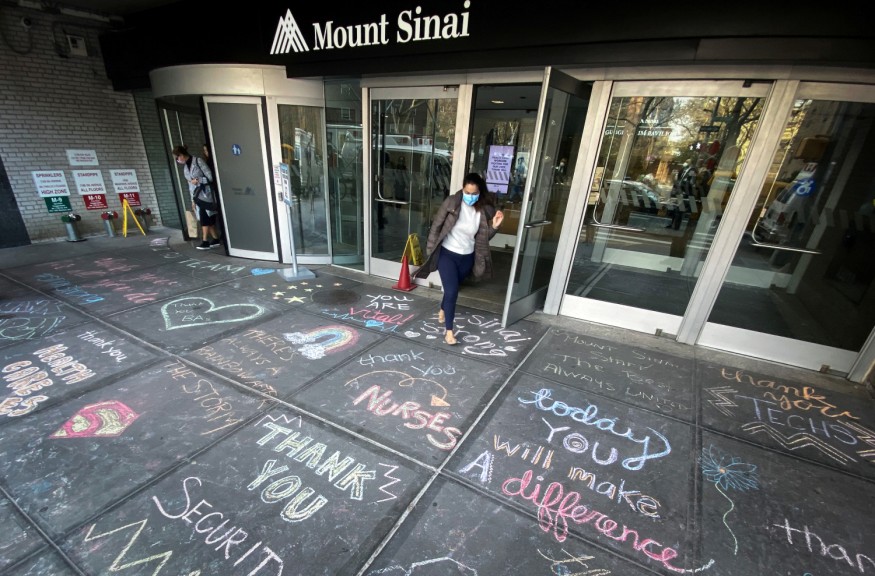Doctor Treating COVID-19 Patients Takes a Chance on Clot-Busting Drugs


A woman in New York's Mount Sinai Hospital was on the brink of death. The hospital's medical staff were preparing to call her husband and tell him there were no options left for his wife when a doctor decided to take a risk.
The global pandemic, COVID-19, is still ravaging across the globe, infecting more than 1,800,000 people and killing 114,247. In the United States, there are over 560,433 coronavirus cases and 22,115 deaths.
With a high amount of stress and numerous life-or-death decisions to make, doctors around the world are frantically trying to figure out a way to fight back against the deadly virus. Many theories are surrounding the illness and how it kills patients. One growing theory claims the virus creates little blood clots that clog the lungs.
Dr. Hooman Poor, a doctor at Mount Sinai hospital, gambled on a drug known for treating strokes in hopes of saving the woman's life. He could not prove the theory to be true. However, lung specialists saw signs of blood clots.
"What do we have to lose?" Poor said.
'The Mystery'
The theory first surfaced after Chinese heart specialists advised American health experts to keep an eye for clots. The researchers revealed specific blood tests performed on COVID-19 patients showed a rise in clot risk. This signal might determine who is in great danger.
Many hospitals began using doses of blood thinners in hopes it would keep the clots from forming and save the patients' lives. There is a debate over what blood thinner to try and how much should be given. Too much can cause severe bleeding.
'Drug Combination'
In Mount Sinai, Poor observed the female patient, aged 55, was getting worse. Her organs started failing from the lack of oxygen in her body. The doctors rolled her onto her stomach in a bid to get more oxygen into her body to no avail.
Poor decided to combine the blood thinner with a drug called tPA. The drug did not help prevent blood clots---it broke them up.
A few minutes after she was injected with tPA, her oxygen levels rose. She started getting better. The medical staff then decided to put her on a low-dose drip of tPA and blood thinner for 24 hours.
To their dismay, the drug only bought time for the woman. She died from a sudden complication days later.
The medical team tested the same approach on four critically ill COVID-19 patients. One died of cardiac arrest. The other three saw promising improvements in oxygen levels.
Hospitals in Colorado and Massachusetts are preparing to study whether or not the new drug combination can cure COVID-19 patients. Researchers from the University of Colorado and Harvard conducted a tPA research where they cited three other additional cases where the mixture was also tried.
Poor first noticed the signs of blood clots in patients who were developing acute respiratory distress syndrome (ARDS) but whose lungs were not stiff---a sign uncommon in ARDS patients.
The patients also looked nothing quite like patients suffering from pulmonary embolism---a large clot in the lungs. He also found the COVID-19 patients' hearts were pumping blood regularly. He recalled a rare disease where lung blood vessels abnormally dilate even as others are blocked, which led him to try clot-busting drugs.
"I did a case series of five," he said. "It does not prove anything, but it may lead to further research to explain exactly what is going on."
Read the latest coronavirus news:
Subscribe to Latin Post!
Sign up for our free newsletter for the Latest coverage!
© 2026 Latin Post. All rights reserved. Do not reproduce without permission.













